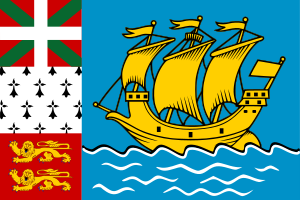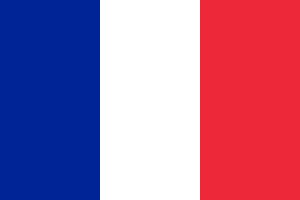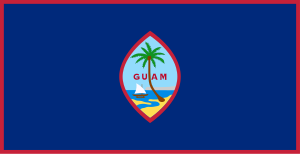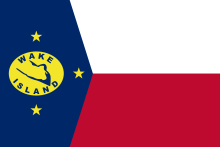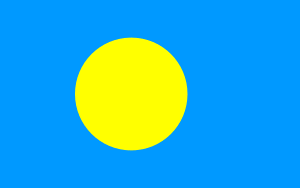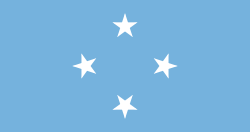| Flags - #10 - Identify the flags of your Division | ||||||||||
|
||||||||||
Stage Ten of Flags -Flags from different parts of our History Remember that you should have a notepad or printout of your worksheet. The worksheet is located at the lower part of your Flags Screen. If you do not have a printout then take notes so you can put the information needed in the boxes. The Adventist Church has divided the world into 13 administrative districts it calls Divisions. North American DivisionThe North American Division comprises 10 countries and territories: Flag of Bermuda he Flag of Bermuda was adopted on October 4, 1910 with a revision in 1999. The elements are: Union Flag/Union Jack: in the upper left corner (the canton) signifying the ties to the United Kingdom and also symbolizes oneness and unification. You can explore the meaning of the Union Jack as well. In 1999, the scroll on the coat of arms was updated with the inscription – “ Quo Fata Ferunt” which means “Whither the Fates Carry [Us]”.
Flag of Canada
The flag of Canada was officially adopted on February 15, 1965. The Canadian Red Ensign, bearing the Union Jack and the shield of the royal arms of Canada, was lowered and then, on the stroke of noon, the new maple leaf flag was raised. The crowd sang the national anthem O Canada, followed by the royal anthem, God Save the Queen. The following words, spoken on that momentous day by the Honourable Maurice Bourget, Speaker of the Senate, added further symbolic meaning to the flag: "The flag is the symbol of the nation's unity, for it, beyond any doubt, represents all the citizens of Canada without distinction of race, language, belief or opinion." The stylish red maple leaf has been the national symbol of Canada for over 150 years. Red and white are the official colors of Canada, proclaimed by King George V in 1921.& St.Pierre and Miquelon (French islands close to Newfoundland with no Adventist presence)
Flag of Saint-Pierre and Miquelon Saint Pierre and Miquelon are a self-governing territory of France. The stylish flag features a red sailing ship on a blue field. The three-part verticle band on the left side displays the heraldic arms of local settlements established by French colonists from the Basque Country (top), Brittany (center), and Normandy (bottom).& The Flag of France also flies in Saint Pierre and Miquelon.
Flag of France
Blue and red are the traditional colours of Paris, used on the city's coat of arms. Blue is identified with Saint Martin, red with Saint Denis. At the storming of the Bastille in 1789, the Paris militia wore blue and red cockades on their hats. White had long featured prominently on French flags and is described as the "ancient French colour" by Lafayette.[1] White was added to the "revolutionary" colors of the militia cockade to "nationalise" the design, thus creating the tricolour cockade.[1] Although Lafayette identified the white stripe with the nation, other accounts identify it with the monarchy.[3] Lafayette denied that the flag contains any reference to the red-and-white livery of the Duc d'Orléans. Despite this, Orléanists adopted the tricolour as their own. Blue and red are associated with the Virgin Mary the patron saint of France, and were the colours of Charlemagne's ensign and war cry, "Montjoie". The colours of the French flag may also represent the three main estates of the Ancien Régime (the clergy: white, the nobility: red and the bourgeoisie: blue). Blue, as the symbol of class, comes first and red, representing the nobility, comes last. Both extreme colours are situated on each side of white referring to a superior order.[4] Lafayette's tricolour cockade was adopted in July 1789, a moment of national unity that soon faded. Royalists began wearing white cockades and flying white flags, while the Jacobins, and later the Socialists, flew the red flag. The tricolour, which combines royalist white with republican red, came to be seen as a symbol of moderation and of a nationalism that transcended factionalism.
Flag of the United States
United States (excluding Puerto Rico and the US Virgin Islands which are in IAD) The flag of the United States features thirteen equal horizontal stripes of red (top and bottom) alternating with white; there is a blue rectangle in the upper hoist-side corner bearing 50 small, white, five-pointed stars arranged in nine offset horizontal rows of six stars (top and bottom) alternating with rows of five stars; the 50 stars represent the 50 states; the 13 stripes the 13 original colonies. The flag is known as Old Glory, and no one knows for certain who designed it. Most historians believe that U.S. Congressman, Francis Hopkinson was the original designer, while a few still believe that Betsy Ross, a Philadelphia seamstress, made the first one. ( US Pacific territories of Guam, Northern Marianas, and Wake Island ).
Flag of Guam
The flag of Guam was designed on the island, and officially adopted in 1917. As a territory of the United States it features traditional U.S. colors, along with a symbolic seal that includes a swaying palm tree, sand, and the waters of the Pacific Ocean.
Flag of Northern Mariana Islands
The flag of Northern Mariana Islands was officially adopted in 1972. The islands are a territory of the United States, symbolized by the centered white star. Under that star, a gray latte stone is representative of a traditional foundation stone, one used in building. The surrounding wreath is comprised of colorful local flowers.
Flag of Wake Island
Wake Island flag includes the colors of the US flag, a maps of the 3 islands that make up the territory and three white stars representing those islands. The flag clearly conveys the connection to the United States. Other CountriesIf your country is not listed here, please research and add the info here. The history of national flags is easy to find online. |
||||||||||
About Me | Contact Me | Site Map
Property of Mr. D - 2023


